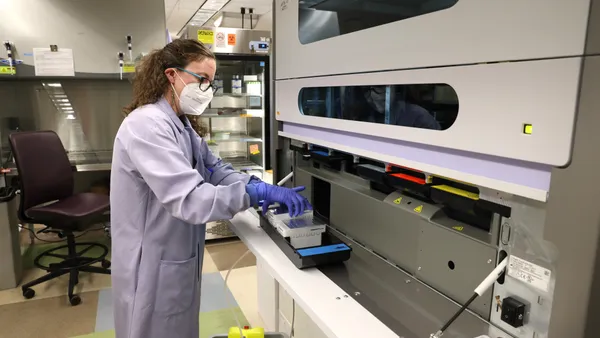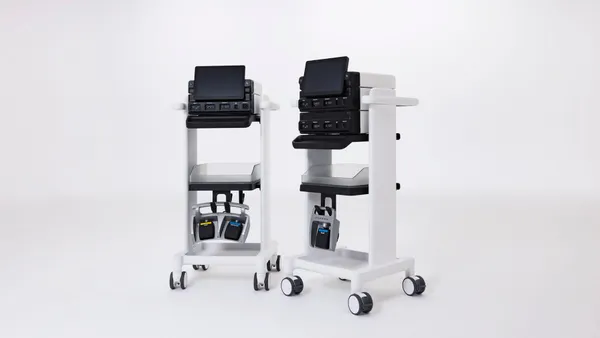Dive Brief:
-
Researchers have developed an experimental closed-loop neuromodulation system that can sense electrical activity in the brain and deliver stimulation in response to the feedback.
-
The device, which has been tested in a non-human primate, is designed to improve on both existing open-loop systems and early attempts to create closed-loop devices.
-
By recording and stimulating simultaneously at 128 points in the brain, the device may offer a basis for research into better treatments for diseases such as epilepsy and Parkinson’s.
Dive Insight:
Devices that deliver electrical stimulation to the brain can effectively prevent tremors and seizures. However, the open-loop systems in use today lack the ability to sense the subtle electrical signatures that precede tremors and seizures.
Lacking these insights, physicians have to tweak the output of the stimulators based on incomplete information, meaning patients can wait years before their therapies are optimally tailored to their neurology. Engineers at the University of California, Berkeley want to streamline this process and improve outcomes by equipping a device to sense and stimulate simultaneously.
"We want to enable the device to figure out what is the best way to stimulate for a given patient to give the best outcomes. And you can only do that by listening and recording the neural signatures," Berkeley’s Rikky Muller, a co-author of the paper, said in a statement.
Muller and her collaborators are not the first people to see the value in systems that both sense and stimulate. However, as the Berkeley engineers see it, earlier efforts to create closed-loop systems have been undermined by shortcomings such as a small number of touchpoints with the brain and low wireless streaming bandwidth.
The Berkeley device is designed to eliminate these shortcomings. As such, the engineers have set the system up to sense and stimulate through 128 channels, meaning it can be in contact with 128 parts of the brain. Early closed-loop systems had three or four recording channels.
A group at the University of Toronto has developed a device with 256 channels but it features a far lower data rate than the Berkeley system. The Berkeley engineers think the low data streaming rate of other devices precludes their use in large-scale multi-site analysis.
To date, the Berkeley engineers have published data on their device in a non-human primate. While the device suffers from limitations such as lost samples, the engineers think it is ready for further tests in large animals and potentially humans.













